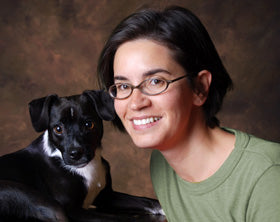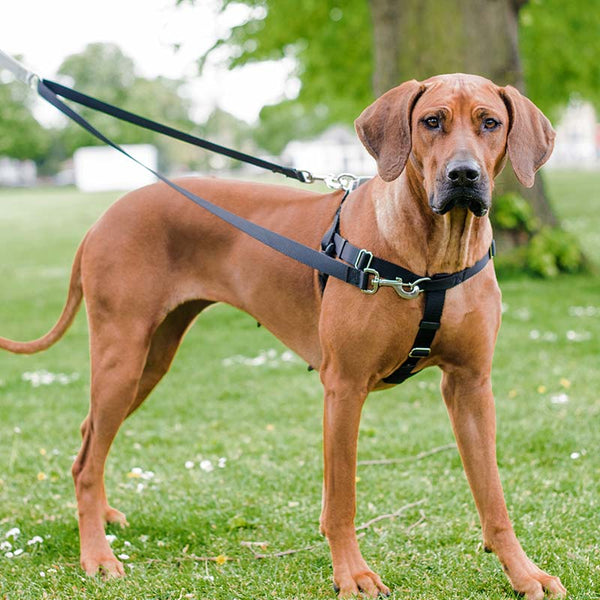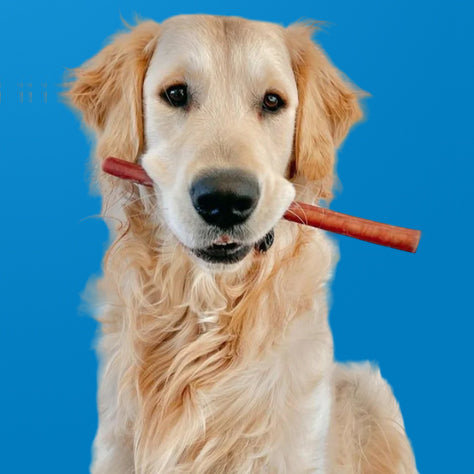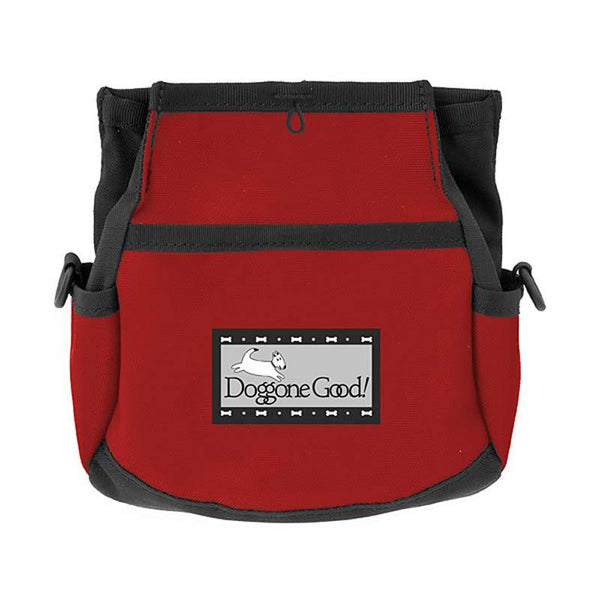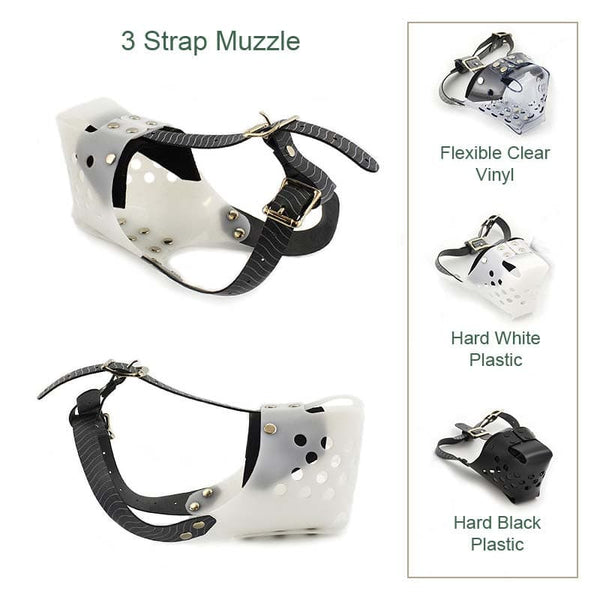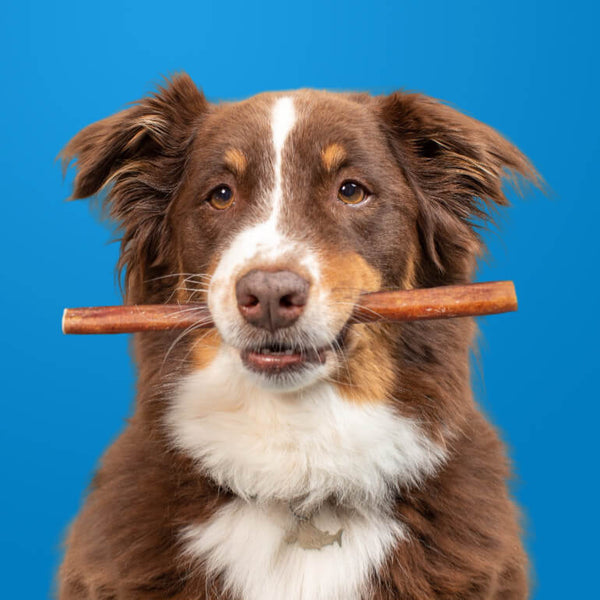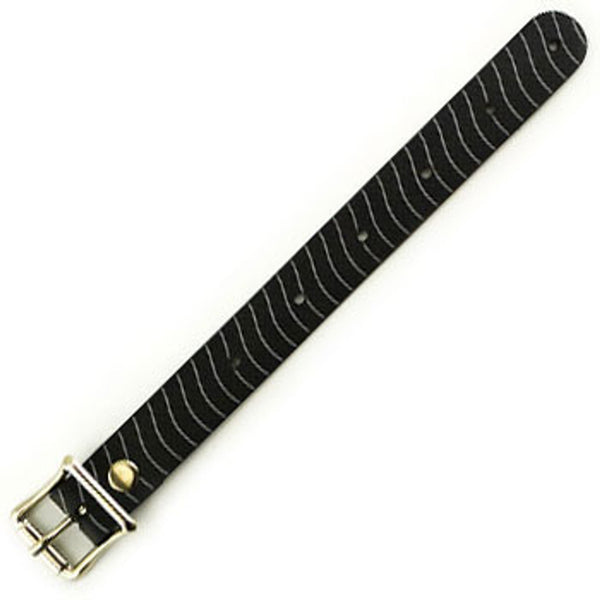Think Like a Dog Trainer. Part 11: Going for a Car Ride with Your Dog
By Jess Rollins
Copyright Info

This is part 11 of a multi-part article designed to alert you to the potential pitfalls of living with an untrained dog and how to best cope with them. In each description of a potential problem, I will outline how you can prevent it, how to teach good behavior, and what to do as an immediate response if you find yourself in a situation where you need to quickly stop your dog from misbehaving. Ideally, you will proactively prevent your dog's misbehavior and hence will not have many "Ack, STOP that!" moments. Using the "immediate responses" below more than a time or two each day could set back your training efforts with your dog and prevent your dog from learning how to behave politely. Therefore, if you find yourself relying on immediate responses too heavily, simply increase the prevention you are doing and make sure that your rewards for good behavior are truly rewarding to your dog. The immediate responses below are designed to interrupt your dog without either rewarding his misbehavior or frightening him.
Whether your dog loves or hates the car they need to be kept safe using either a secured crate or a doggy seatbelt. Be aware that cars can heat up very quickly in the summer, which can be deadly for your dog.
Potential problems to be alert for when riding in the car with your dog:
Safety Hazards
- Keep your family and your dog safe by always riding with your dog in a crash-tested dog seatbelt or secured crate.
- As much as they love it, I recommend that you do not allow your dog to stick his head out of the window as this can cause injury to the dog's eyes if something were to fly (and of course, if his head is out of the window he is probably not wearing a seatbelt or properly restrained if an accident were to occur). A BreezeGuard can prevent flying objects while still allowing your dog to feel the breeze.
Chewing seatbelts or upholstery
- Prevent: BITTER* (*Words in all caps are described in the key at the bottom of the page.) and CHEWIES or confine him in a crate.
- Immediate response: Clap your hands to interrupt him and then re-apply bitter or put him in his crate.
- Train: REWARD-CHEW
Carsickness (vomiting, shaking, drooling)
Luckily, puppies tend to outgrow carsickness. You may want to cover your car seats just in case during your first few trips together in the car.
- Prevent: Don't feed your dog just before trips. Take him on short trips to fun places for his first few trips. Give him something to settle his stomach before leaving like a ginger supplement.
- Immediate response: Just be sure to let him know that you are not upset with him.
- Train: To overcome this problem, you will need to slowly teach your dog to be comfortable in the car. Click here for more information on car sickness in dogs.
Barking at other dogs or people outside of the car
- Prevent: Use a covered crate so that he can't see outside of the car and keep him occupied with a chew toy.
- Immediate response: Put him in his crate or get him out of the situation.
- Train him that people and dogs walking by the car are an occasion for yummy treats. The Treat & Train can work great for this.
Bolting out of the car door
- Prevent: Have him travel in a doggy seatbelt or secured crate
- Immediate response: Block the opening of the door with your body, if he gets past you, go and get him and reward him for coming to you.
- Train: "Wait" to leave the car using the method described here.
Getting muddy paws on the seats
- Prevent: Cover your seats or wipe your dogs paws.
- Train: Help him to be comfortable handling of his paws so that you can wipe them off.
Overheating
- Never leave your dog in the car when the temperature is over 70 degrees as the car can heat up very quickly.
Key:
|
Instructions: |
|
|
BITTER |
Apply a taste deterrent to objects that you don't want him to chew. |
|
CHEWIES |
Convince him to chew his toys instead of your valuables by supplying plenty of edible chew toys or by coating or stuffing his toys with food. |
|
REWARD-CHEW |
Reward him with a treat or attention when you see him chewing on his toys. |
Click for Part 10 of the Think Like a Dog Trainer series: Visiting Friends With Your Dog




